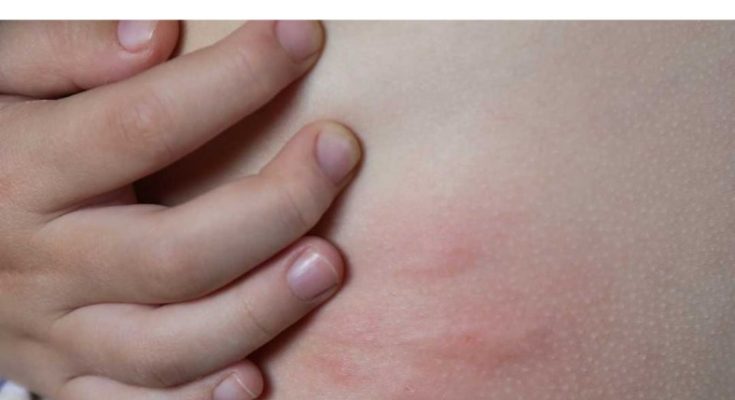Have you ever noticed red, swollen, and itchy spots suddenly appearing on your skin and wondered what on earth they could be? It’s frustrating, uncomfortable, and even a bit alarming. These spots can pop up for various reasons, from something as simple as an insect bite to more complex skin conditions.
Common Causes of Swollen Red Itchy Spots
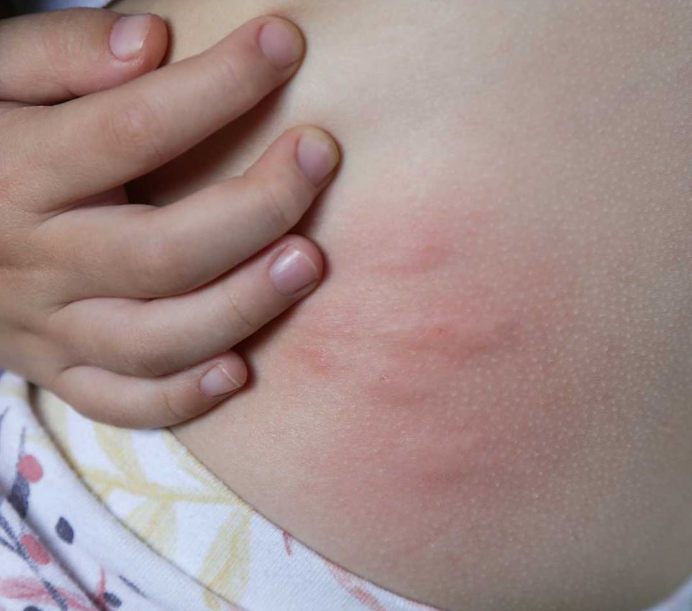
The skin is your body’s first line of defense, so it’s constantly exposed to allergens, irritants, and other culprits. Swollen, red, and itchy spots can result from:
- Allergic Reactions
- Insect Bites
- Skin Infections
- Chronic Skin Conditions
- Environmental Irritants
Let’s dive deeper into each of these to help you pinpoint the source of your discomfort.
Understanding Allergic Reactions
Allergic reactions are one of the most common causes of red, itchy spots. This happens when your immune system overreacts to harmless substances, known as allergens. Common triggers include:
- Pollen
- Pet dander
- Certain foods (like peanuts or shellfish)
- Medications
One tell-tale sign of an allergic reaction is the appearance of hives—red, raised, itchy welts that can vary in size. These are the body’s way of saying, “Hey, I don’t like this!”
How to Manage It:
- Avoid known allergens whenever possible.
- Use antihistamines (over-the-counter or prescribed) to calm the immune response.
- Apply a cool compress to reduce itching and swelling.
If your reaction includes symptoms like difficulty breathing or swelling in your throat, seek immediate medical help—this could be a life-threatening condition called anaphylaxis.
Insect Bites and Their Annoying Aftermath
We’ve all been there: one second you’re enjoying the outdoors, and the next, you’re scratching at what feels like a hundred mosquito bites. Insect bites are a common cause of red, itchy spots, often accompanied by localized swelling.
Common culprits include:
- Mosquitoes
- Fleas
- Bedbugs
- Spiders
When an insect bites, it injects saliva or venom into your skin, which your body reacts to, causing the irritation.
How to Treat It:
- Wash the area with soap and water to prevent infection.
- Apply anti-itch creams or calamine lotion.
- Take an oral antihistamine if the itching becomes unbearable.
Try not to scratch—easier said than done, right? Scratching can break the skin, leading to infections.
Skin Infections: When It’s More Than Just an Itch
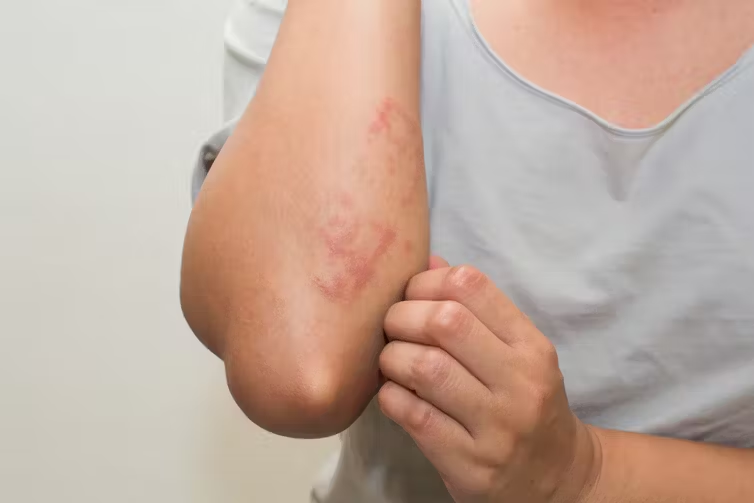
Not all red, itchy spots are harmless. Bacterial, viral, or fungal infections can cause rashes that require medical attention. Here are some common examples:
- Impetigo: A bacterial infection causing red sores that burst and form crusts.
- Shingles: A viral infection leading to a painful rash, usually in a single stripe on one side of your body.
- Ringworm: A fungal infection causing a red, circular, itchy rash.
Treatment Options:
For bacterial infections, antibiotics (topical or oral) are typically needed. Viral infections may require antiviral medications, while fungal infections can be treated with antifungal creams or pills.
Chronic Skin Conditions You Might Be Dealing With
Sometimes, red, itchy spots are caused by chronic conditions like eczema or psoriasis. These aren’t quick fixes—they require long-term management.
- Eczema: Causes dry, red, and itchy patches that can become cracked or oozing.
- Psoriasis: Leads to thick, scaly patches of skin that are often itchy and inflamed.
Management Tips:
- Keep your skin well-moisturized to prevent flare-ups.
- Use topical steroids or other prescribed treatments during active phases.
- Avoid triggers like stress, certain fabrics, or harsh soaps.
Environmental Factors and Irritants
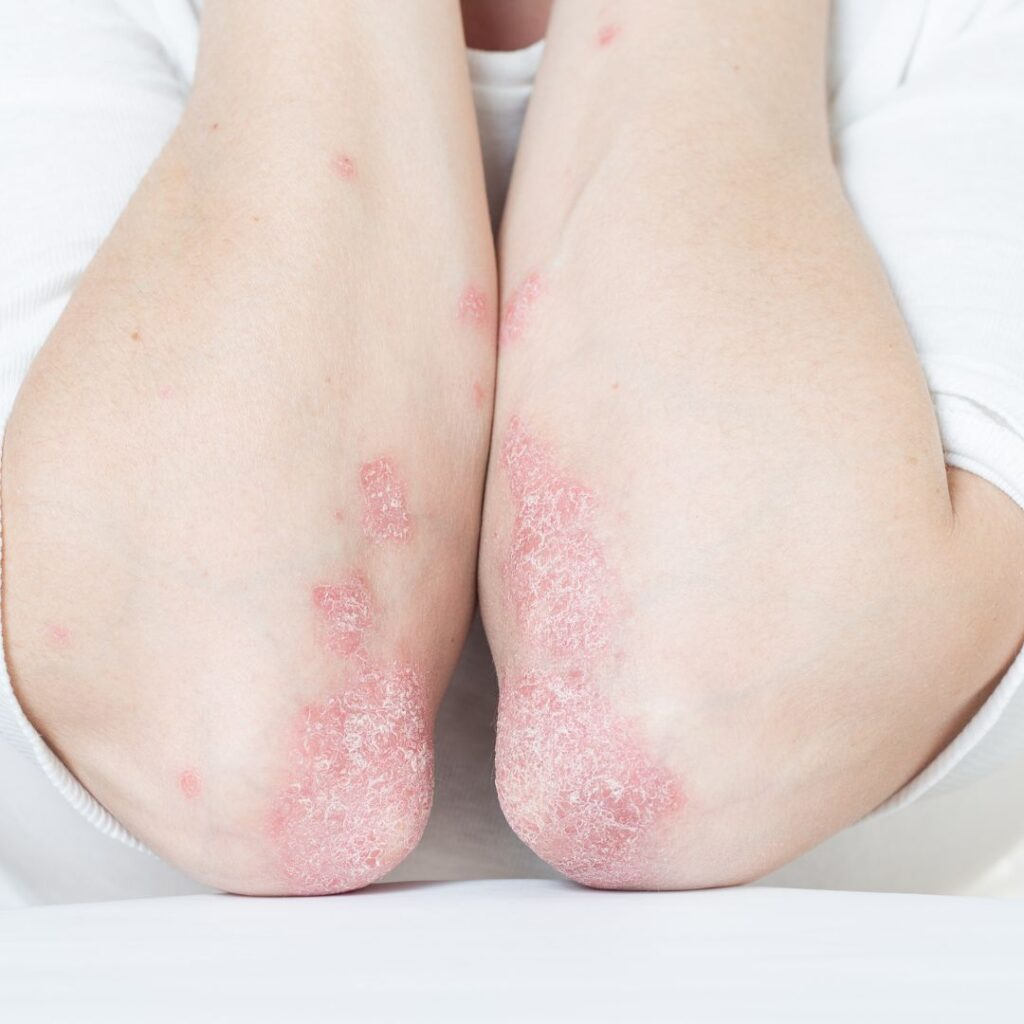
Your environment can be just as guilty as allergens or infections when it comes to skin irritation. Common irritants include:
- Harsh soaps or detergents
- Extreme weather (cold winds or dry heat)
- Pollution or chemicals
These factors can strip your skin of its natural oils, making it more vulnerable to redness and itching.
Prevention Strategies:
- Use gentle, fragrance-free skin care products.
- Protect your skin with gloves or clothing when exposed to harsh conditions.
- Invest in a humidifier during dry seasons to maintain skin hydration.
When Should You See a Doctor?
While many skin issues can be treated at home, some symptoms require professional attention. If you experience any of the following, don’t hesitate to contact a healthcare provider:
- Spots that don’t improve or worsen after a few days.
- Accompanying symptoms like fever, chills, or body aches.
- Signs of a severe allergic reaction, such as difficulty breathing.
A dermatologist or allergist may recommend tests like a skin biopsy or allergy testing to determine the exact cause of your symptoms.
Treatment and Relief Options for Red Itchy Spots
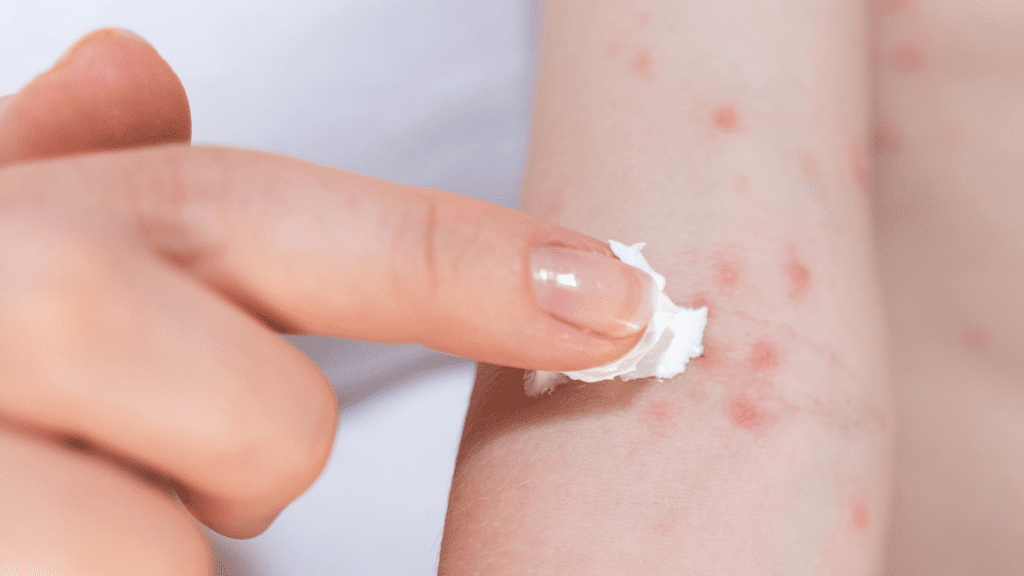
The treatment depends on what’s causing your skin irritation. Here’s a quick guide:
- Allergies: Antihistamines and avoiding triggers.
- Insect bites: Anti-itch creams and keeping the area clean.
- Infections: Antibiotics, antivirals, or antifungal treatments.
- Chronic conditions: Long-term therapies, including topical steroids and moisturizers.
Don’t underestimate the power of simple home remedies, either. Cool compresses, oatmeal baths, and soothing aloe vera gel can work wonders in providing temporary relief.
Prevention: Keeping Your Skin Happy and Healthy
The best way to deal with red, itchy, swollen spots? Avoid them in the first place! Here are a few preventive measures:
- Stay hydrated to keep your skin supple and less prone to irritation.
- Regularly wash bedding, towels, and clothing to minimize exposure to allergens.
- Maintain good hygiene and avoid sharing personal items like towels or razors.
- Identify and steer clear of your personal triggers, whether it’s a specific food, a type of fabric, or a harsh detergent.
Conclusion: Don’t Let Your Skin Be a Mystery
Swollen, itchy red spots may be irritating, but they don’t have to be a mystery. By identifying the cause—whether it’s an allergy, a bug bite, or something else—you can take the right steps to treat it and prevent future outbreaks. Remember, your skin is a reflection of your overall health, so don’t hesitate to seek professional help if something feels off. With a little care and attention, you’ll have your skin feeling calm, clear, and comfortable in no time.
